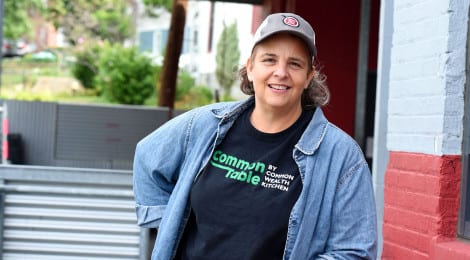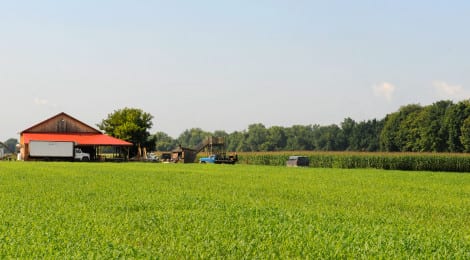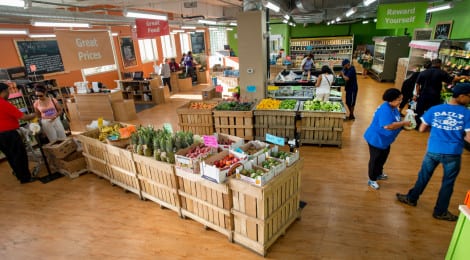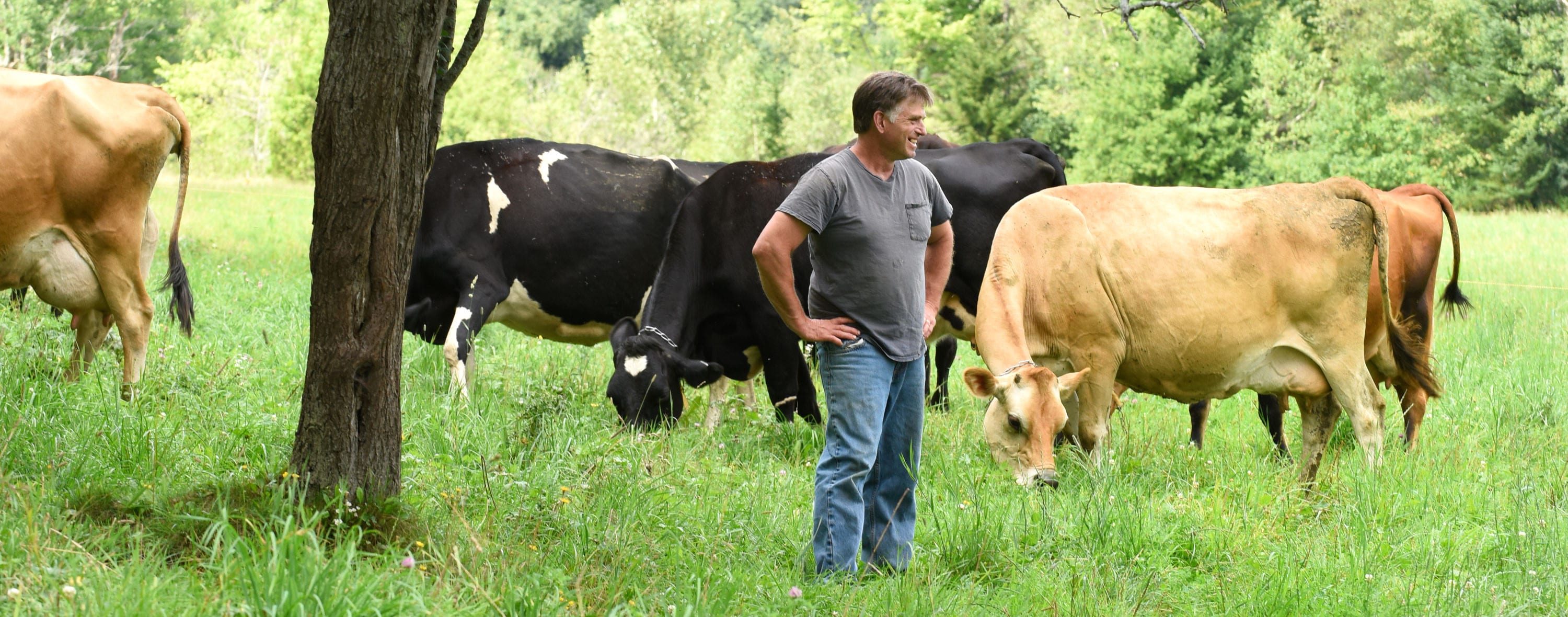
Grantee Profile
The Vermont Farm to Plate Strategic Plan
Recognizing the increasing trend towards sustainable, local agriculture, Vermont Legislators and public policy groups came together and passed the Vermont Farm to Plate Bill in 2009. Not only did they establish outcomes intended to increase economic development, create jobs in the food and farm economy, and improve access to healthy local foods, but the legislation also tasked the Vermont Sustainable Jobs Fund (VSJF) with creating a strategic plan – an ambitious framework that would include and guide all the diverse elements of Vermont’s food system for the next decade.
The Vermont Farm to Plate Strategic Plan launched in 2011 and is currently being implemented through the Vermont Farm to Plate Network, with the VSJF serving as the Network Coordinator. The network is a collaborative effort of more than 400 organizations throughout the state of Vermont, including businesses, nonprofits, government agencies, capital providers, and educational institutions. The network fosters relationships across sectors and incubates projects and action plans to achieve the Plan’s 25 goals. Member organizations interact through an organized, non-hierarchical model, built around Kania & Kramer’s Collective Impact framework. This framework includes five “conditions” that are meant to enable systemic level change, including to have a common agenda among Network members, undertake mutually reinforcing activities across the Network, engage in continuous communications, receive support from a backbone organization / network coordinator (i.e., VSJF), and share outcomes.
The Network is managed by a steering committee and the network coordinator. Ellen Kahler, Executive Director of the VSJF, uses an elevation metaphor to describe the Network’s structure: the steering committee operates at 30,000 feet, overseeing network-wide implementation and objectives, and generally keeping tabs on the overall health of the network. At the 15,000-foot elevation are five working groups, one for each major lever that will enhance Vermont’s food system and help achieve the 25 goals. At 7,500 feet are six cross-cutting teams, who liaise between the network working groups and other statewide networks. These teams serve as a place to share best practices and information across the network. At the ground level there are working group sanctioned task forces – which implement strategies and projects related to meeting the goals associated with that particular working group.
Erica Campbell, Director of the Vermont Farm to Plate Network, stressed the breadth of interests their members bring to the table. In the network, for example, state government employees work on projects alongside food hubs, industry representatives, farmers and restaurateurs, as well as technical assistance service providers, educators and capital providers. With support from the Kendall Foundation, working group chairs are paid a stipend, which enables Farm to Plate to draw from a wider pool of participants, engaging more diverse voices throughout the food system. Below are three organizations that demonstrate the power of the network’s diversity, collaboration, and connection.

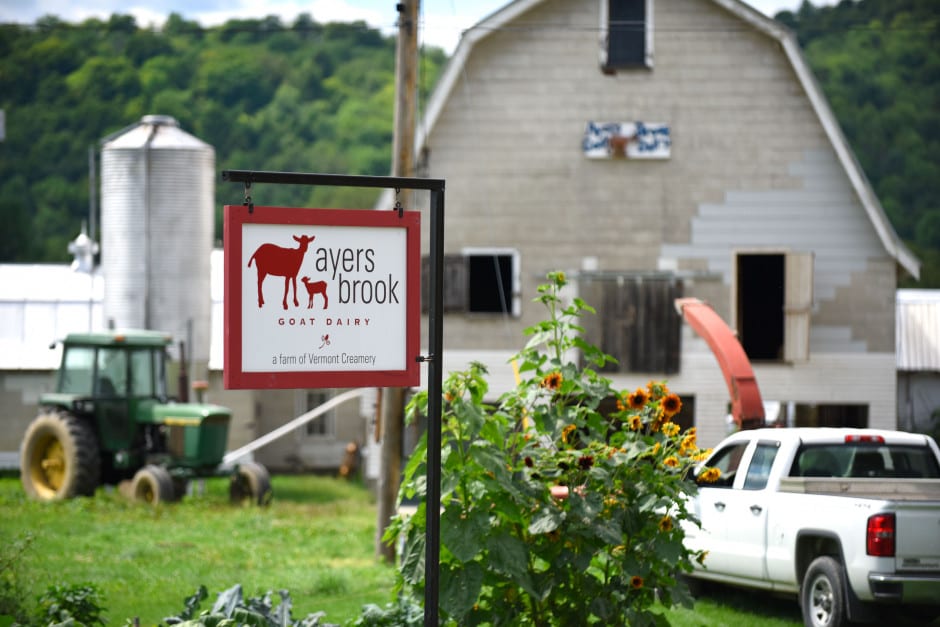
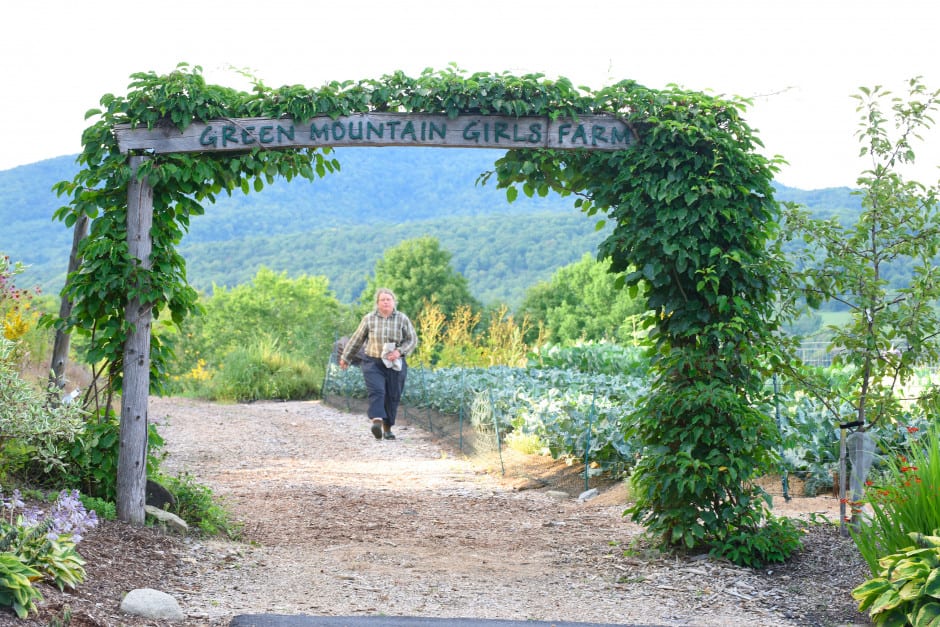
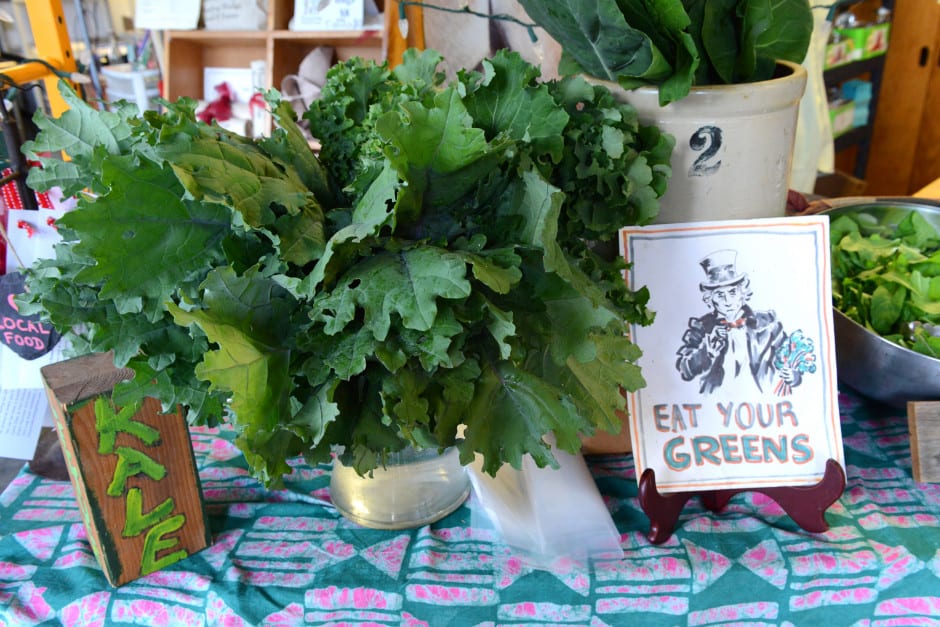
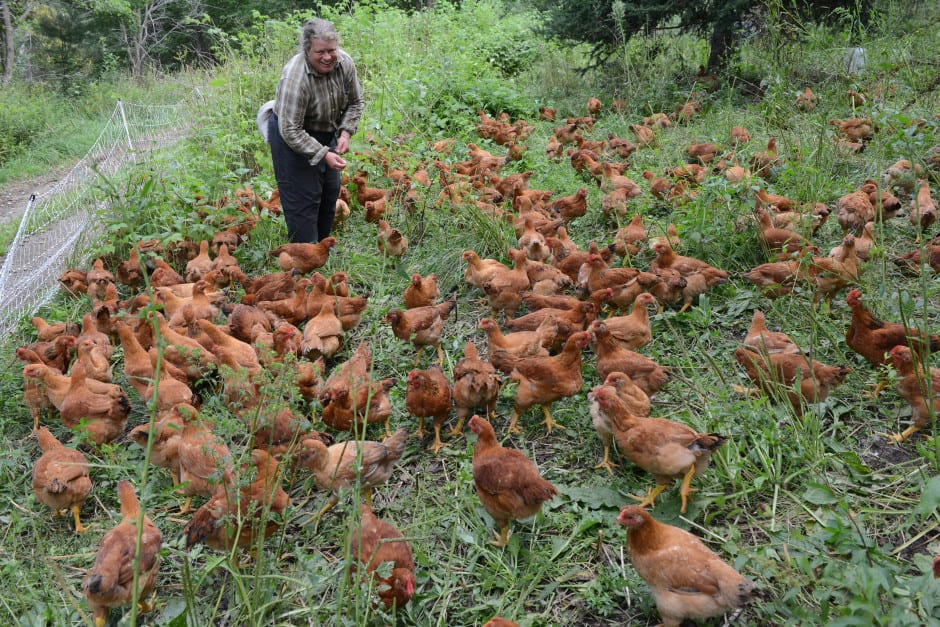
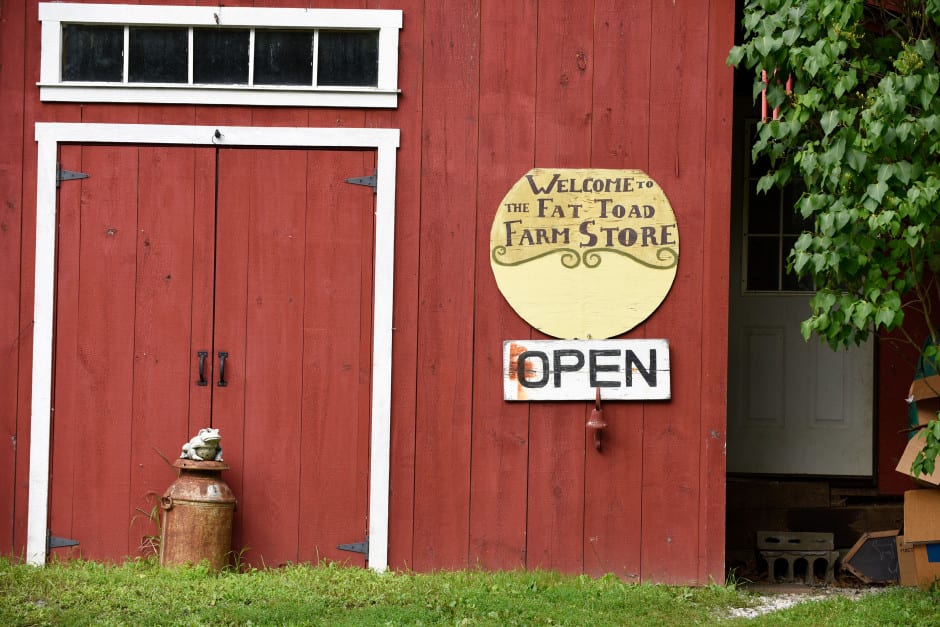
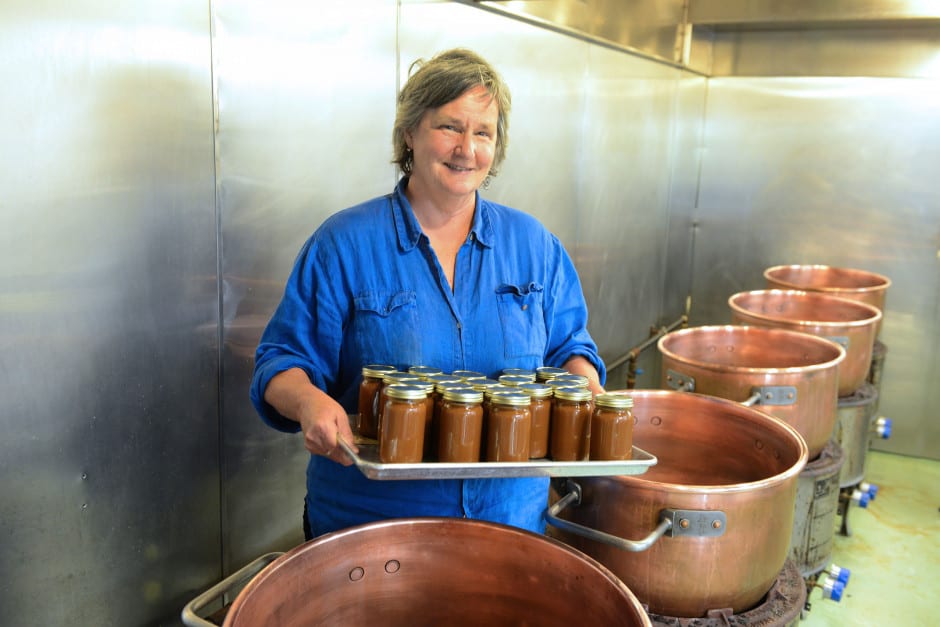
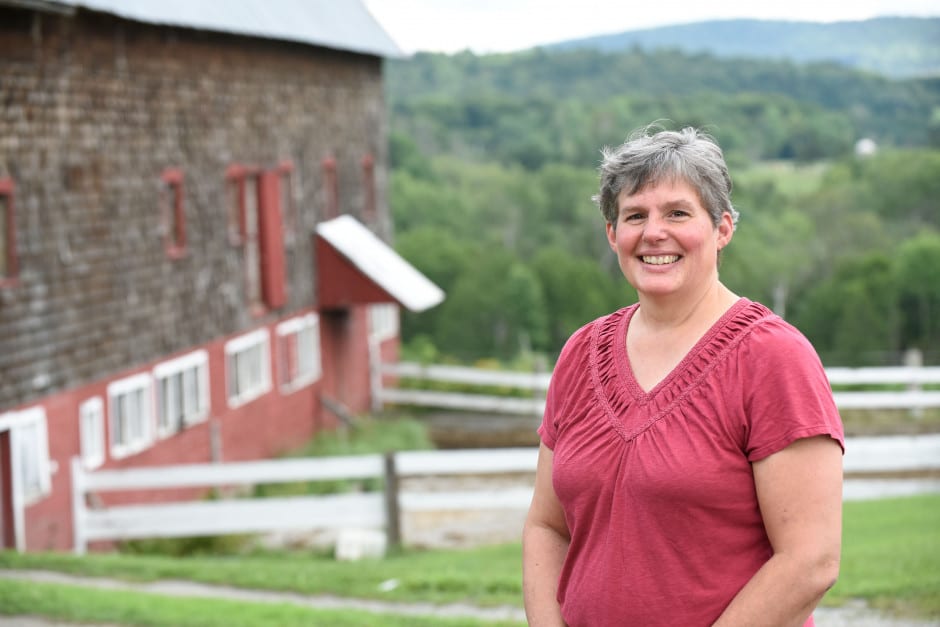
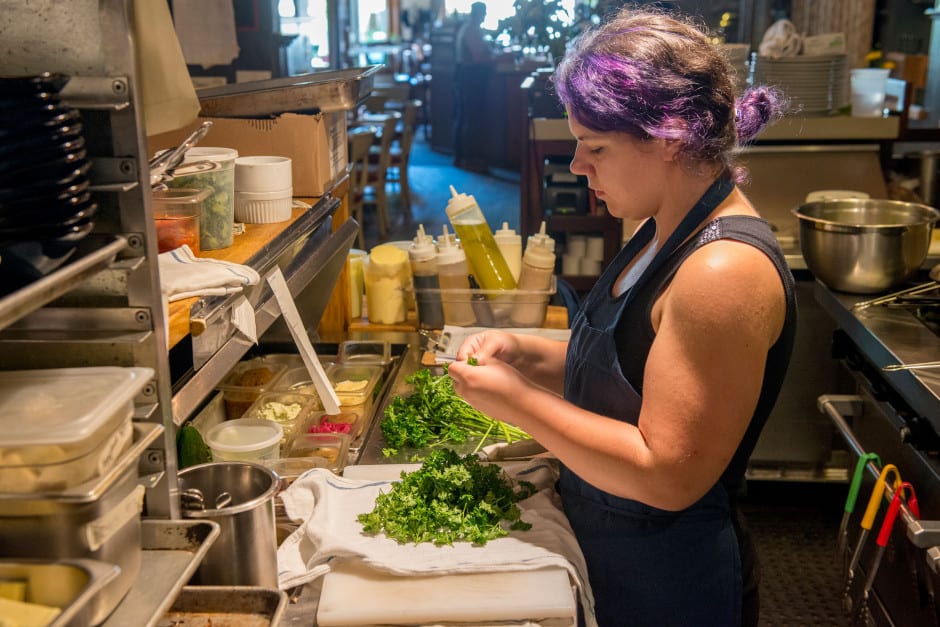
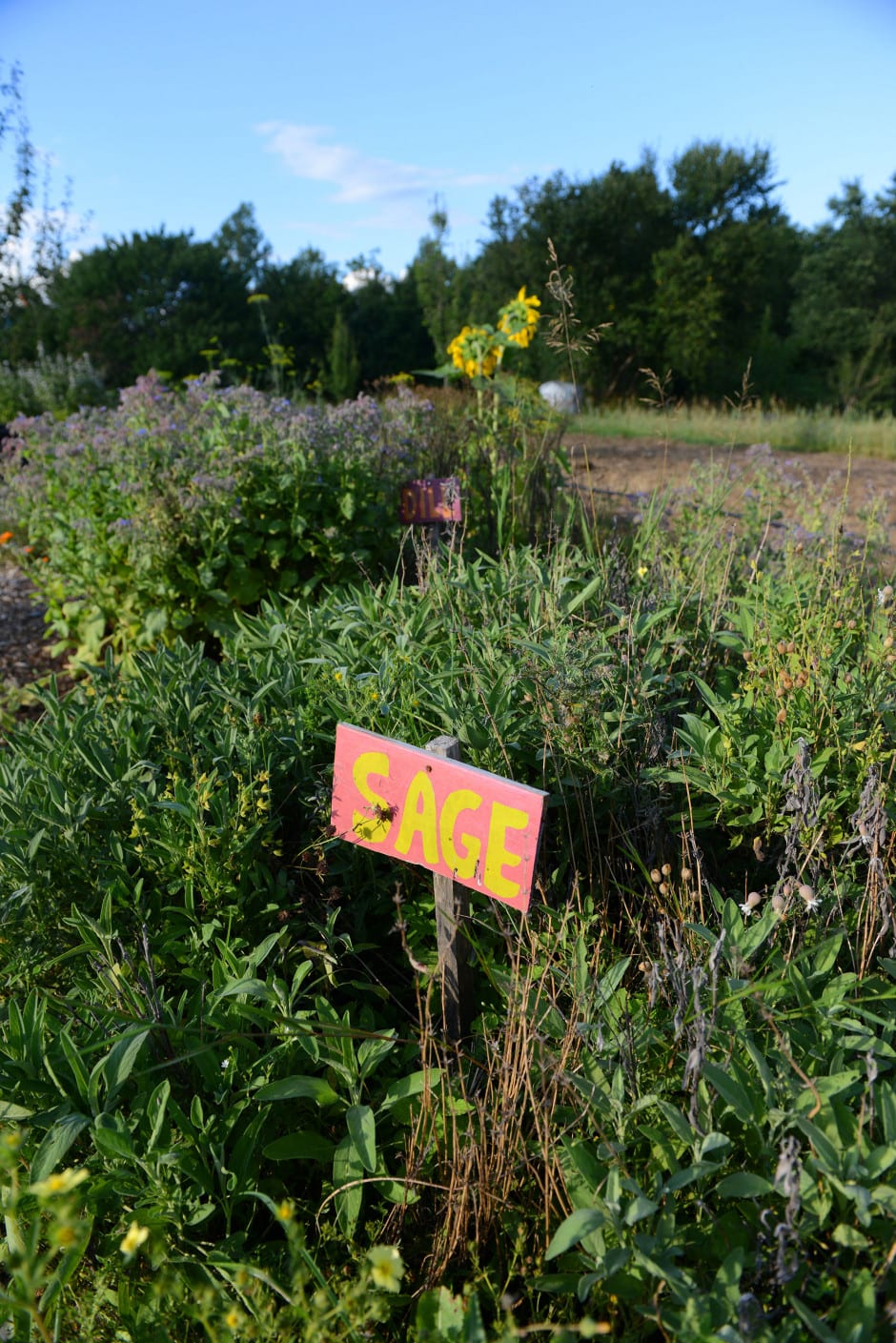
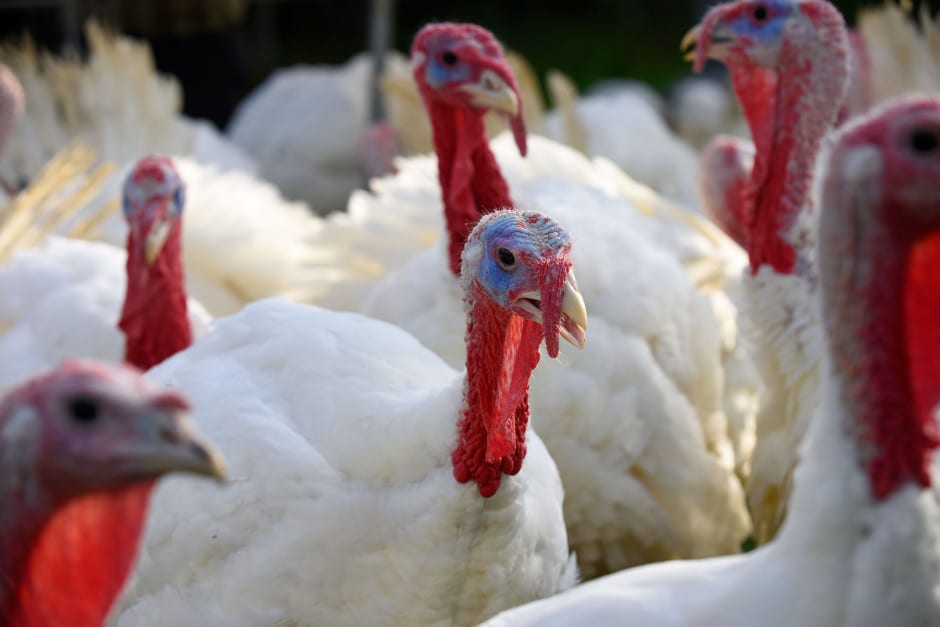
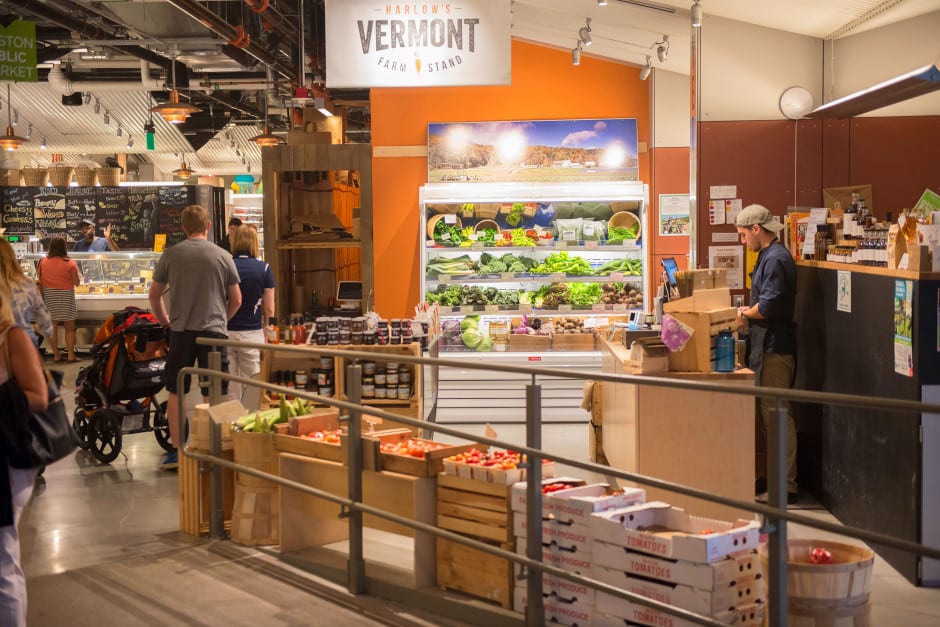
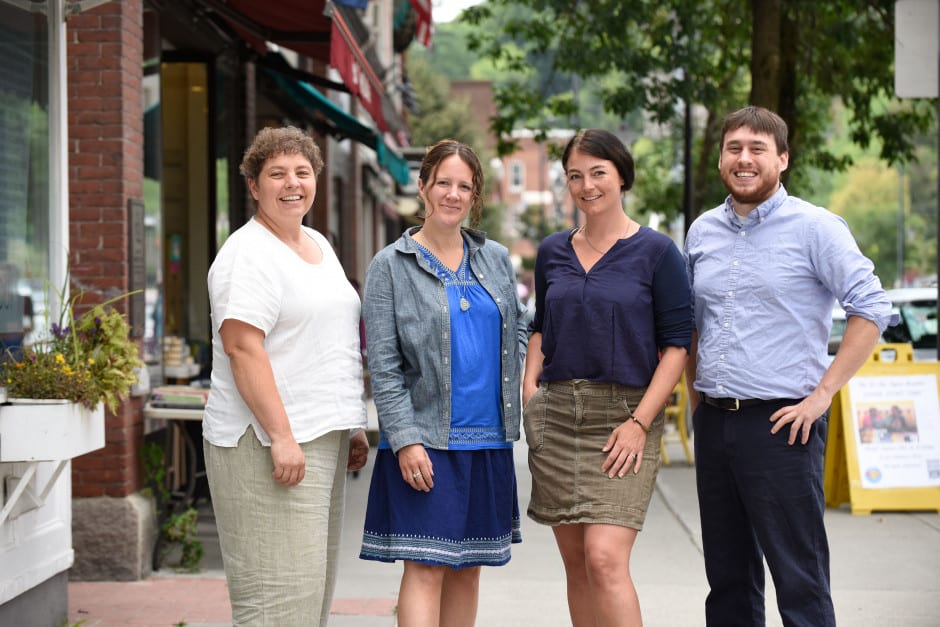
Agriculture
Regina Beidler owns and runs Beidler Family Farm in Randolph, VT with her husband Brent. She is the co-chair of the Production and Processing Working Group, and is also one of two Vermont representatives to Organic Valley. Her small organic dairy farm is a stone’s throw away from Vermont Technical College, and lies within a pocket of small dairy production in the state. Beidler stressed the importance of communication and cross-group collaboration, which is strengthened by having multiple working groups in the network. Within the Production and Processing Working Group alone, there are representatives from dairy, higher education, sustainability, and agriculture-related products, such as ice cream manufacturers and cheese-makers. Just as the members of the working group are diverse and cross-sectoral, so are the group’s related Farm to Plate goals, which range from increasing local food production to coordinating business planning and technical assistance throughout Vermont’s food system. The outcome of this communication and cross-group collaboration, says Beidler, is an increase in productivity and effectiveness. Shared ownership for these projects and goals leads to alignment and accountability among all of the network members.
“Agritourism”
Within the Consumer Education and Marketing Working Group, which focuses on strategies to engage consumers with local foods, the Agritourism Task Force strives to advance the culinary and agricultural tourism industry and communicate Vermont’s agricultural story. Nonprofits within the Farm to Plate Network have organized events such as Open Farm Week, where visitors can get a “behind-the-scenes” look into how farms operate around the state. Other members, such as Green Mountain Girls Farm in Northfield, VT, combine the concept of tourism with farming year-round. Run by Mari Omland and Laura Olsen, Green Mountain Girls operates under the motto “Eat, stay, farm,” and offers farm stays, has a space that can be rented out for small retreats and events, and also has an “omnivore’s farm share” that includes produce and animal products that have been raised on the farm.
Retail
Fat Toad Farm is an example of a more consumer-facing piece of Vermont’s food system that produces a well-marketed niche product: goat’s milk caramel. In a small building over the hill from their road-side store sits the production facility for Fat Toad; imagine pristine copper pots and jar after jar of caramel stacked high in flavors that range from Vermont maple to spicy dark chocolate. The milk comes from a short drive away at Ayers Brook Goat Dairy. Seeing the successes Fat Toad has had with goat-related network collaboration and learning, Vermont Creamery and Evergreen Conservation Partners are using Ayers Brook as a model to further catalyze the growth of the goat dairy industry in Vermont.
Another consumer-facing example of the state’s food system is Kismet, a farm to table restaurant in Montpelier, VT, which serves customers a wide variety of dishes that are constantly changing to reflect the season and harvest. Run by executive chef Crystal Maderia, Kismet opened in 2006 and features a weekly menu planned around seasonal produce – some of which is grown in the restaurant’s own garden. Beyond a dedication to using local and seasonal products in the kitchen, Madeira is dedicated to educating her community about food systems; she regularly teaches in area high schools and offers a variety of internships and work experiences to area youth.
The Vermont Farm to Plate Strategic Plan has been called the most comprehensive food plan in the United States, and has achieved tremendous results in the past five years. Between 2009 and 2015, more than six thousand new food system jobs were added in Vermont. The net value of food manufacturing in the state now totals around $1 billion, up 58% from 2004. Total food system gross sales are up 32% from 2007, currently around $10 billion. And local food consumption by Vermonters has risen from 5% in 2010 ($100 million annually) to 6.9% in 2014 ($189 million annually). Campbell credits the concept of shared leadership, trust and relationship building and enhanced collaboration for the growth they’ve seen in the Vermont food system. By convening people and starting conversations, the state of Vermont has more unity and innovation than ever, and now stands as a powerful example of how, with the right framework, food system change is achievable.
Learn more: Vermont Farm to Plate
The Vermont Farm to Plate Strategic Plan has been called the most comprehensive food plan in the United States. Between 2009 and 2015, more than six thousand new food system jobs were added in Vermont.
